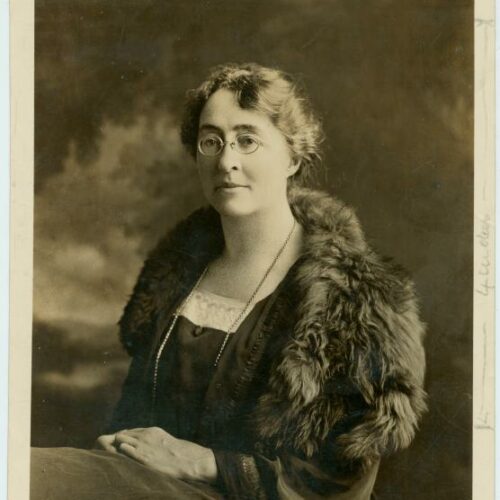

Mary Sheepshanks was a humanist who saw her feminist, pacifist, and cosmopolitan beliefs as being natural expressions of her humanist values. Constantly looking beyond national borders, she worked to sustain the international women’s movement during and after the First World War while campaigning courageously for peace, for stateless persons, and for refugees.
Mary Ryott Sheepshanks was born in Bilton, Yorkshire, the daughter of a clergyman who later became Bishop of Norwich. She was educated at Liverpool High School for Girls where she was taught by the freethinker Lucy Simcox, and at Newnham College where she studied Medieval and Modern Languages. While at Cambridge she became friends with fellow undergraduate Bertrand Russell and broke with religion so completely that her father closed his door to her.
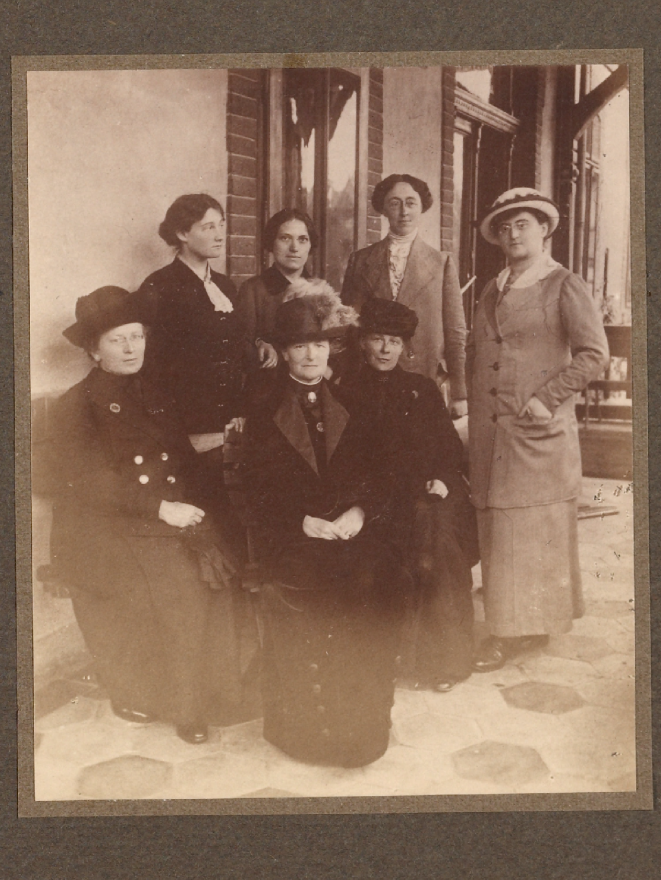
On graduation Sheepshanks joined the University Women’s Settlement founded in Southwark by ethical society member Alice Gruner and spent the next two years as a social worker in severely deprived areas of London. She was then appointed de facto Principal of Morley College, an adult education institution. In this capacity Sheepshanks manifested her feminism by providing new facilities for working class women, scheduling lectures on Charlotte Bronte and other inspirational role models, and arranging debates on the ‘Votes for Women’ question, a cause which she herself supported by addressing meetings across the country on behalf of the National Union of Women’s Suffrage Societies.
Sheepshanks attended the 1908 Congress of the International Women’s Suffrage Alliance in the Hague and subsequently toured Europe on behalf of the IWSA, delivering lectures in both French and German, and dispatching regular reports to Russell on subjects of mutual interest – the state of the women’s movement, the rise of antisemitism and the persecution of freethinkers. In 1913 Sheepshanks became Secretary of the IWSA and editor of its journal Jus Suffragii. On the outbreak of the First World War she turned Jus Suffragii into a strictly neutral pacifist publication, fearlessly publishing reports from correspondents in all the belligerent nations, especially those which revealed the ‘human face’ of the enemy. It was largely due to Sheepshanks’ courage and resilience that the IWSA remained in being when so many international organisations were torn apart by the strains of war.
Peace must be on generous, unvindictive lines, satisfying legitimate national needs, and leaving no cause for resentment such as to lead to another war. Only so can it be permanent.
Mary Sheepshanks, Jus Suffragii editorial (November 1914)
After the fall of Antwerp, Sheepshanks heard from her contacts that the Dutch government was unable to feed the thousands of Belgian refugees pouring into Holland. She and her colleague Chrystal Macmillan immediately crossed the Channel with relief supplies and on return campaigned for Belgian refugees to be admitted to Britain. Forming an International Women’s Relief Committee based in her own office, Sheepshanks continued to dispatch food to Belgian refugees in Holland while helping some 800 German women stranded in Britain to return home. For this she was vilified in the press and had to open a special file for ‘anonymous abuse’.
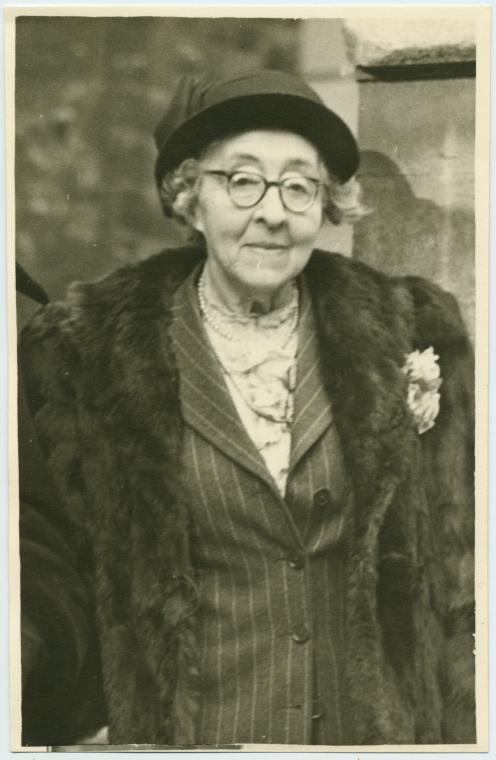
Sheepshanks resigned as editor of Jus Suffragii when the war ended and became Secretary of the Fight the Famine Council, which Gilbert Murray, Leonard Woolf, J.M. Keynes and others had formed in response to reports of deaths by starvation across Europe. She procured and distributed aid from America and lobbied the League of Nations on behalf of the victims. This task completed, Sheepshanks became the Secretary of the Women’s International League for Peace and Freedom in Geneva and editor of its paper Pax International. In this capacity she organised both the first international scientific conference on the threat posed to civilians by aerial bombardment and the first conference on statelessness in Europe. She also lobbied on behalf of political prisoners and against capital punishment.
In the 1930s Sheepshanks turned again to the relief of refugees, helping to evacuate child refugees from Spain during the Spanish Civil War and giving other refugees asylum in her own home – Russians fleeing Stalin’s oppression and then German and Austrian Jews – despite having hostile slogans painted on the wall of her house.
Now elderly and in poor health, Sheepshanks retired, but she found old age hard to bear. She contracted cancer, was immobilised by arthritis and started to lose her sight. In 1960, faced with forced institutionalisation, she took her own life.
Mary Sheepshanks was a member of a select group of freethinkers and feminists – including Helena Swanwick, Catherine Marshall, Chrystal Macmillan, and Adela Coit – who worked tirelessly for peace and for humanitarian causes during and after the First World War. Courageous, strong-minded and selflessly devoted to the welfare of others, it was Sheepshanks’ humanist values which made her a feminist and a pacifist, and which led her to join with others in the struggle to create a more humane, more rational and more peaceful world.
By Paul Ewans
Main image: Mary Sheepshanks, at about 55 years of age. New York Public Library Digital Collections
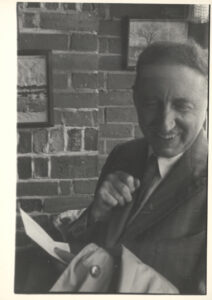
Humanism could (better) be honoured by reciting a list of the things one has enjoyed or found interesting, of the […]
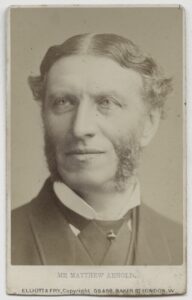
Hath man no second life? Pitch this one high! Sits there no judge in Heaven our sin to see? More […]
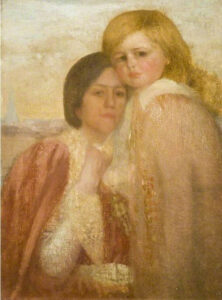
Lift the heart to high endeavour! Fire the thought and nerve the will! Though the bonds be hard to sever, […]
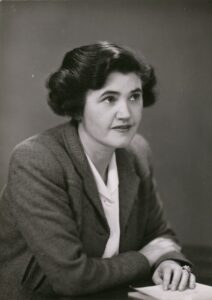
Jennie Lee (also known as Baroness Lee of Asheridge) was a Scottish politician and journalist, known for her upfront orating […]